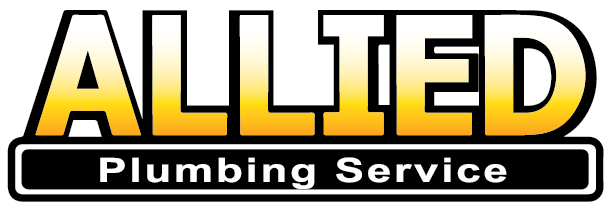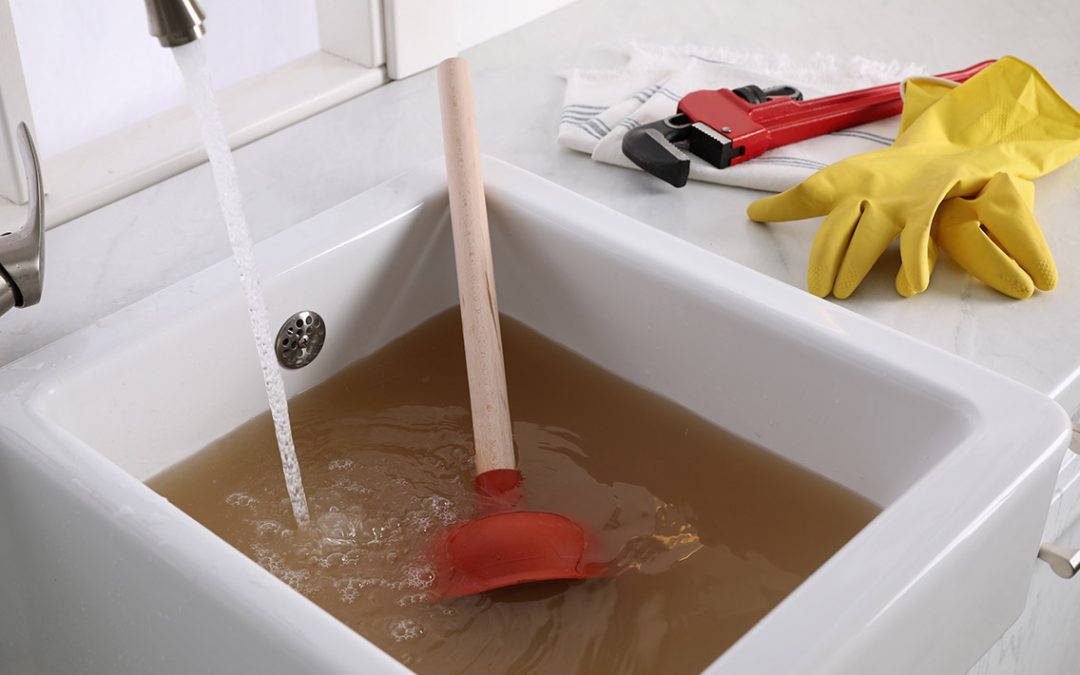Infrastructure and Aging Systems
Older neighborhoods often suffer from aging sewer infrastructure, which can contribute to frequent backups. Deteriorating pipes made from outdated materials might have small cracks or breaks that allow blockages to form more easily. Additionally, older systems might not be designed to accommodate increased waste volume from growing urban populations.
Types of Pipes in Oklahoma Homes: 1900 – Present
Understanding the type of pipes in your home is crucial for maintenance and repairs. Over the years, different materials have been used in Oklahoma housing construction. Here’s a breakdown of what you might encounter:
- Orangeburg Pipes (1935 – 1970s): Made from layers of wood fibers and pitch, Orangeburg was popular for sewer lines but is prone to collapse, cracking, and root invasion.
- Clay Tile Pipes (1900s – 1970s): Common in older homes, these pipes are durable but can crack and allow roots to infiltrate.
- Concrete Pipes (1920s – 1980s): Concrete was a common material for sewer lines, but it can deteriorate over time, especially when exposed to shifting soil.
- PVC Pipes (1970s – Present): PVC is still widely used in modern plumbing, but if not properly glued or installed, it can lead to leaks and root intrusion.
Each of these materials has different vulnerabilities and knowing what type you have can help prevent future issues.
Signs of a Sewer Backup
Recognizing the early signs of a sewer backup can help you address the issue before it becomes a major problem. Here are some telltale signs to watch out for:
- Multiple clogged drains: If several drains in the home are clogging simultaneously, it could indicate a problem with the main sewer line.
- Unusual sounds or odors: Gurgling noises from drains or foul smells can suggest a developing backup, emanating from the backlog of waste in the pipes.
- Water backing up in unexpected places: For example, water coming up in the shower when the toilet is flushed indicates a potential issue with drainage flow.
- Slow-draining fixtures: If sinks, tubs, or toilets are draining more slowly than usual, it could be a sign of a developing clog that is restricting proper wastewater evacuation.
- Structural Damage: Over time, a damaged sewer line can affect the foundation of your home if leaks or backups go unnoticed.
Dealing with Sewer Backups
When faced with a sewer backup, quick action is important to minimize damage and health risks. Here’s what you should do:
- Stop using water: Turn off all faucets and avoid flushing toilets to prevent more water from entering and exacerbating the backup.
- Turn off electricity: If there’s standing water, shut off the power to avoid electrical hazards, ensuring safety for everyone involved.
- Evacuate the affected area: Sewage contains harmful bacteria, so it’s important to keep family members and pets away from contaminated areas to prevent health issues.
- Document the damage: Take photos and videos for insurance purposes before starting any cleanup to provide evidence of the extent of the issue.
Prevention Methods
Preventing sewer backups is far easier and less costly than dealing with the aftermath, so here are some effective prevention methods you can implement:
Regular Maintenance
A maintenance routine is essential for preventing sewer backups. Start by scheduling regular inspections with Allied Plumbing Service because they can find possible problems.
Clean your drains often with natural cleaners such as Bio-one, as these cleaners help prevent build-up without hurting your pipes. Being mindful of what goes down your drains is equally important – limit flushing to toilet paper and human waste only to prevent unnecessary clogs and system strain. Be mindful of items put into the garbage disposal.
Landscaping Considerations
Smart landscaping choices play a huge role in preventing sewer backups. Begin by familiarizing yourself with the location of your sewer lateral, as this knowledge will help you make informed decisions about tree placement and landscape design.
If you discover trees with invasive root systems growing near your sewer line, consider removing them to prevent future root intrusion. This proactive approach can save you from costly repairs and system failures down the line.
Install Preventive Devices
Installing protective devices can provide an additional layer of security against sewer backups. Backwater valves are particularly effective, as they prevent sewage from flowing back into your home.
Another important addition is a sump pump. It helps remove too much water from basements during heavy rain, which greatly reduces the risk of water damage and backup problems.
Is the City Responsible?
Usually, you are responsible for maintaining the portion of the sewer lateral that runs from your home to the property line. The municipality maintains the portion from the property line to the main sewer line. But duty can vary depending on local regulations.
If a backup occurs due to a problem in the city’s portion of the line, the municipality may be liable for damages, so check with the local government to understand their specific duties.
Final Thoughts About Sewer Backups
Sewer backups are a serious issue that can cause significant damage and health risks if not addressed promptly. By understanding the causes and signs of backups, you can take proactive steps to prevent them. Regular maintenance, careful landscaping, and installing preventive devices can go a long way in protecting a home from sewer backups.
Remember, with sewer issues, it’s always better to be safe than sorry. If you suspect a problem with your sewer system, don’t hesitate to call Allied Plumbing Service. Our expertise can save you from costly repairs.
Protect Your Home in 2025
Start the year off by ensuring your plumbing is in good working order. Regular maintenance, such as camera inspections, can help you avoid the headaches of a failing sewer line. Reach out to Allied Plumbing (918) 744-1000, today to schedule a camera inspection or to discuss any concerns about your drains and pipes.
Let us help you keep your plumbing systems running smoothly for years to come. Happy New Year from Allied Plumbing!

